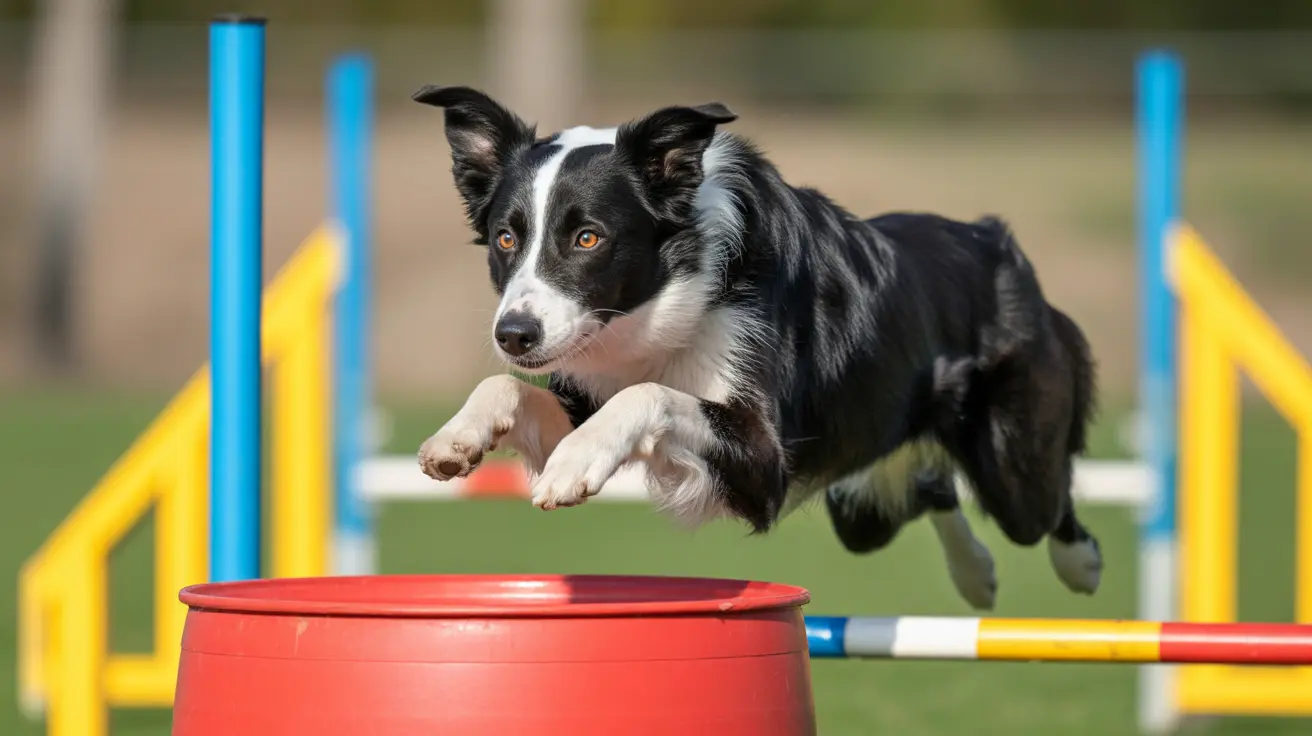Understanding the Downsides of Scottish Terriers
The Scottish Terrier, also known as the Scottie, is an iconic dog breed known for its dignified stature, wiry coat, and independent personality. While this breed possesses countless admirable qualities, it is important for prospective owners to be informed of their unique challenges. Understanding these downsides ensures responsible ownership and a good fit between pet and person.
1. Strong-Willed and Stubborn Temperament
One of the most well-documented traits of Scottish Terriers is their strong-willed, independent mind. Although highly intelligent, they often exhibit a preference for doing things their own way. This can lead to:
- Difficulty during training: Scotties respond best to short, varied training sessions with positive reinforcement. Harsh correction causes them to withdraw or resist.
- Inconsistent responsiveness: Their independent nature means they may disregard commands, particularly if they sense no immediate benefit.
2. High Prey Drive
Scottish Terriers were originally bred to hunt vermin and small game. This heritage contributes to their strong prey drive. Downsides include:
- Tendency to chase: Small animals, such as cats or rabbits, may trigger their instincts.
- Challenges in multi-pet homes: Unless raised from puppyhood with other animals, Scotties may pose a danger to smaller species.
- Requirement for leash or secure enclosures: A Scottie off-leash may dart off in pursuit of perceived prey, ignoring commands to stop.
3. Aloof or Reserved Behavior
Known for being loyal and protective “one-person dogs,” Scotties can be reserved with strangers. This may result in:
- Limited social flexibility: They may not adapt well to busy households or frequent visitors.
- Not ideal for therapy or service work: Their aloofness often makes them unsuitable for roles requiring extensive social interaction.
4. Poor Fit for Small Children
Scottish Terriers are not known for their patience with young children. Due to their bold but serious demeanor:
- They may react negatively to rough handling.
- They thrive better in homes with older children who understand canine boundaries.
- Robust play style may unintentionally cause conflict with toddlers.
5. Territorial and Scrappy with Other Dogs
Scotties are not the most social of breeds. While not inherently aggressive, they can be dominant or territorial. This behavior reveals itself in:
- Conflicts at dog parks: Especially with other assertive dogs.
- Need for early and sustained socialization to teach positive canine interactions.
6. Coat Maintenance
The Scottish Terrier’s signature wiry coat and beard do not maintain themselves. Owners must commit to:
- Weekly brushing to prevent mats and keep skin healthy.
- Hand-stripping for show-quality texture; otherwise, regular clipping is acceptable.
- Professional grooming every 6–8 weeks if not done at home.
- Routine hygiene including nail trimming, ear cleaning, and dental care.
7. Need for Consistent Exercise
Though compact, Scotties are playful and energetic. Without sufficient physical and mental stimulation, they may become bored or destructive. Required activities include:
- Daily brisk walks
- Stimulating indoor games like tug-of-war or fetch
- Interactive toys that challenge their intelligence
- Secure spaces to safely romp and dig
8. Health Concerns
Scottish Terriers are prone to a variety of genetic and inherited health issues, such as:
- Scottie Cramp: Neurological disorder triggered by stress or excitement
- Von Willebrand Disease: A bleeding disorder requiring careful breeding practices
- Patellar Luxation: Common in small breeds
- Craniomandibular Osteopathy: Excessive jaw growth in puppies
- Cerebellar Abiotrophy: Progressive coordination loss due to neurological degeneration
- Increased cancer risk compared to other breeds
Regular vet visits and genetic screening are recommended to catch potential problems early and manage them effectively.
9. Not a Lap Dog
If you're looking for a cuddly, low-energy companion to lounge on the sofa, the Scottie may not fit the bill. These dogs are:
- Independent and aloof, often preferring their own space
- Understanding routines rather than constant cuddling
- More task-oriented and mentally driven than affectionate
Conclusion
Scottish Terriers bring plenty of charm, personality, and intelligence to the right household, but their stubbornness, prey drive, and grooming needs require a dedicated and experienced owner. They aren’t ideal for everyone, especially families with small children or those looking for a highly social or relaxed pet. Nonetheless, with proper training, care, and understanding, they can be loyal and entertaining lifelong companions.





